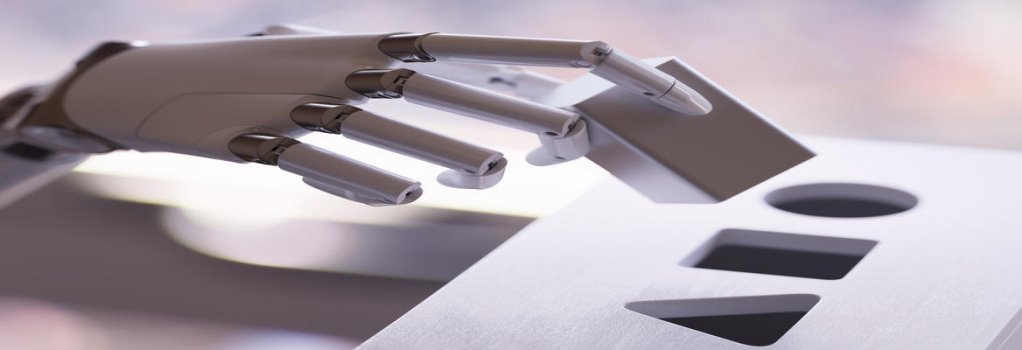Computers have come a long way. From punch-card behemoths to hand-held voice-activated smartphones, advances in miniaturization and computing power have supported the development of Artificial Intelligence (AI) from smart marketing algorithms, incredible image recognition capabilities, operating within the global financial market, efficient search engines and achievements like beating humans at games, considered to represent the apogee of human intelligence like chess or Go. Despite these achievements, AI is falling short.
In 1950 Alan Turing threw down a gauntlet when he said, “Instead of trying to produce a program to simulate the adult mind, why not rather try to produce one which simulates the child’s?” In the seven decades that have passed since this challenge was issued, we have yet to build an artificial intelligence model that can rival the infant cognition of a typically developing 1-year-old.
One place where artificial intelligence has failed is in replicating an infant’s understanding of physics. We are not referring to the difficult physics questions about the nature of the big bang or black holes, but rather simple physics concepts like knowing that an unsupported object falls, knowing that a hidden object continues to exist and expecting that a ball rolling down a ramp will ricochet off a wall at the bottom of the ramp. This asks us to call into question when it was that learnt how objects behave and interact. Did anyone explicitly teach us these notions?
Continue reading: https://iai.tv/articles/why-we-have-the-future-of-ai-wrong-auid-2251
In 1950 Alan Turing threw down a gauntlet when he said, “Instead of trying to produce a program to simulate the adult mind, why not rather try to produce one which simulates the child’s?” In the seven decades that have passed since this challenge was issued, we have yet to build an artificial intelligence model that can rival the infant cognition of a typically developing 1-year-old.
One place where artificial intelligence has failed is in replicating an infant’s understanding of physics. We are not referring to the difficult physics questions about the nature of the big bang or black holes, but rather simple physics concepts like knowing that an unsupported object falls, knowing that a hidden object continues to exist and expecting that a ball rolling down a ramp will ricochet off a wall at the bottom of the ramp. This asks us to call into question when it was that learnt how objects behave and interact. Did anyone explicitly teach us these notions?
Continue reading: https://iai.tv/articles/why-we-have-the-future-of-ai-wrong-auid-2251

